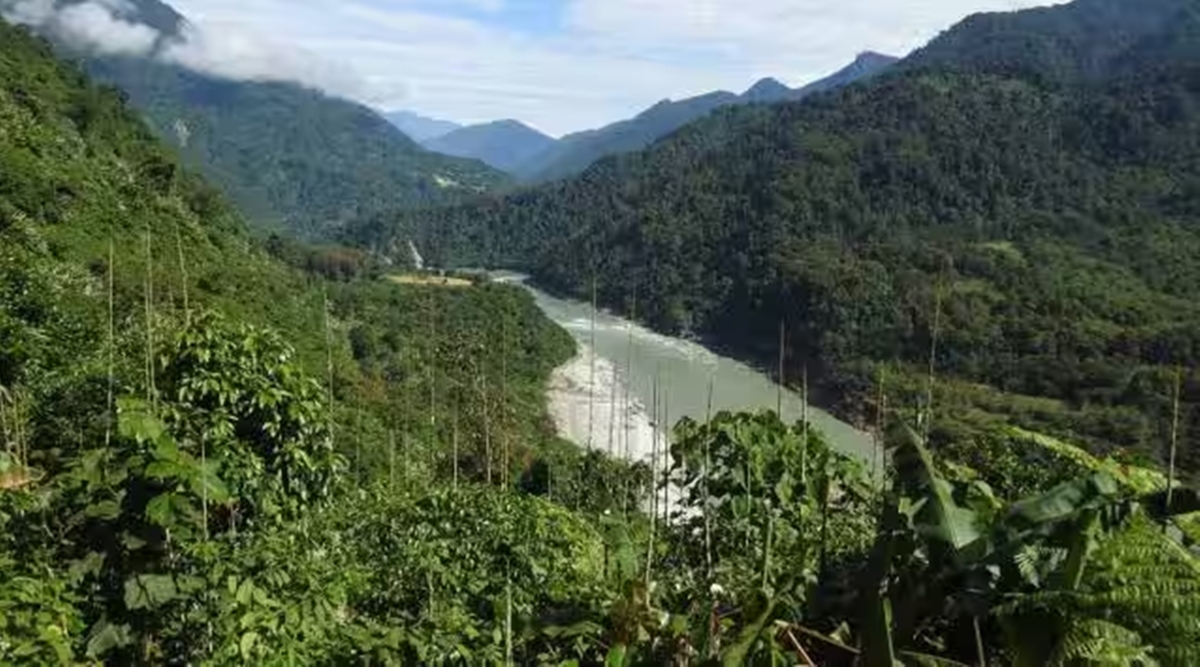Biodiversity loss: 37,000 ‘alien species’ introduced by human activities, says report’
Biodiversity loss: 37,000 ‘alien species’ introduced by human activities, says report’ The Indian Express


Invasive Alien Species and Biodiversity Loss

Invasive alien species are one of the five major direct drivers of biodiversity loss globally — alongside land and sea use change, direct exploitation of organisms, climate change, and pollution — according to the most extensive study on invasive species carried out till date.
Introduction of Alien Species
In its new publication, “Assessment Report on Invasive Alien Species and their Control”, the Intergovernmental Platform on Biodiversity and Ecosystem Services (IPBES) has found that there are 37,000 alien species, including plants and animals, that have been introduced by many human activities to regions and biomes around the world.
- These include more than 3,500 invasive alien species.
- Invasive alien species have played a key role in 60% of global plant and animal extinctions recorded.
IPBES Report
IPBES released its report on Monday following a week-long plenary from August 28, with representatives of 143 member-states approving the report.
IPBES is an independent intergovernmental agency set up to strengthen the science-policy interface for biodiversity and ecosystem services.
Findings of the Study
The study, conducted over a four-year period, was done by 86 experts from 49 countries, drawing on over 13,000 references.
The report noted that the number of alien species — or species introduced to new regions through human activities — has been rising for centuries in all regions but are now increasing at unprecedented rates, with increased human travel, trade, and the expansion of the global economy.
Impacts of Invasive Alien Species
“Not all alien species establish and spread with negative impacts on biodiversity, local ecosystems, and species, but a significant proportion do — then becoming known as invasive alien species,” the report noted. “About 6% of alien plants; 22% of alien invertebrates; 14% of alien vertebrates; and 11% of alien microbes are known to be invasive, posing major risks to nature and to people.”
SDGs, Targets, and Indicators
| SDGs | Targets | Indicators |
|---|---|---|
| SDG 15: Life on Land | Target 15.8: By 2020, introduce measures to prevent the introduction and significantly reduce the impact of invasive alien species on land and water ecosystems and control or eradicate the priority species | Indicator 15.8.1: Proportion of countries adopting relevant national legislation and adequately resourcing the prevention or control of invasive alien species |
| SDG 13: Climate Action | Target 13.3: Improve education, awareness-raising, and human and institutional capacity on climate change mitigation, adaptation, impact reduction, and early warning | Indicator 13.3.1: Number of countries that have integrated mitigation, adaptation, impact reduction, and early warning measures into primary, secondary, and tertiary curricula |
| SDG 14: Life Below Water | Target 14.2: By 2020, sustainably manage and protect marine and coastal ecosystems to avoid significant adverse impacts, including by strengthening their resilience, and take action for their restoration in order to achieve healthy and productive oceans | Indicator 14.2.1: Proportion of national exclusive economic zones managed using ecosystem-based approaches |
1. Which SDGs are addressed or connected to the issues highlighted in the article?
SDG 15: Life on Land
The issue of invasive alien species and their impact on biodiversity loss directly relates to SDG 15, which focuses on protecting, restoring, and promoting sustainable use of terrestrial ecosystems. Invasive alien species are identified as one of the major direct drivers of biodiversity loss globally.
2. What specific targets under those SDGs can be identified based on the article’s content?
Target 15.8: By 2020, introduce measures to prevent the introduction and significantly reduce the impact of invasive alien species on land and water ecosystems and control or eradicate the priority species
The article highlights the presence of invasive alien species and their role in global plant and animal extinctions. Target 15.8 specifically addresses the need to prevent the introduction and reduce the impact of invasive alien species on ecosystems.
3. Are there any indicators mentioned or implied in the article that can be used to measure progress towards the identified targets?
Indicator 15.8.1: Proportion of countries adopting relevant national legislation and adequately resourcing the prevention or control of invasive alien species
The article mentions that invasive alien species have been introduced by human activities to regions and biomes around the world. Indicator 15.8.1 measures the proportion of countries adopting relevant national legislation and adequately resourcing the prevention or control of invasive alien species.
4. SDGs, Targets, and Indicators
| SDGs | Targets | Indicators |
|---|---|---|
| SDG 15: Life on Land | Target 15.8: By 2020, introduce measures to prevent the introduction and significantly reduce the impact of invasive alien species on land and water ecosystems and control or eradicate the priority species | Indicator 15.8.1: Proportion of countries adopting relevant national legislation and adequately resourcing the prevention or control of invasive alien species |
| SDG 13: Climate Action | Target 13.3: Improve education, awareness-raising, and human and institutional capacity on climate change mitigation, adaptation, impact reduction, and early warning | Indicator 13.3.1: Number of countries that have integrated mitigation, adaptation, impact reduction, and early warning measures into primary, secondary, and tertiary curricula |
| SDG 14: Life Below Water | Target 14.2: By 2020, sustainably manage and protect marine and coastal ecosystems to avoid significant adverse impacts, including by strengthening their resilience, and take action for their restoration in order to achieve healthy and productive oceans | Indicator 14.2.1: Proportion of national exclusive economic zones managed using ecosystem-based approaches |
Behold! This splendid article springs forth from the wellspring of knowledge, shaped by a wondrous proprietary AI technology that delved into a vast ocean of data, illuminating the path towards the Sustainable Development Goals. Remember that all rights are reserved by SDG Investors LLC, empowering us to champion progress together.
Source: indianexpress.com

Join us, as fellow seekers of change, on a transformative journey at https://sdgtalks.ai/welcome, where you can become a member and actively contribute to shaping a brighter future.







